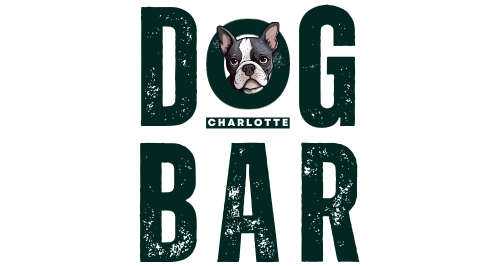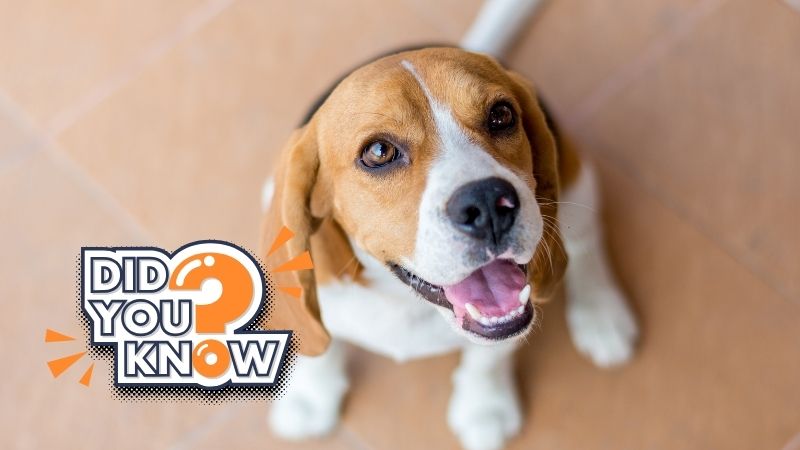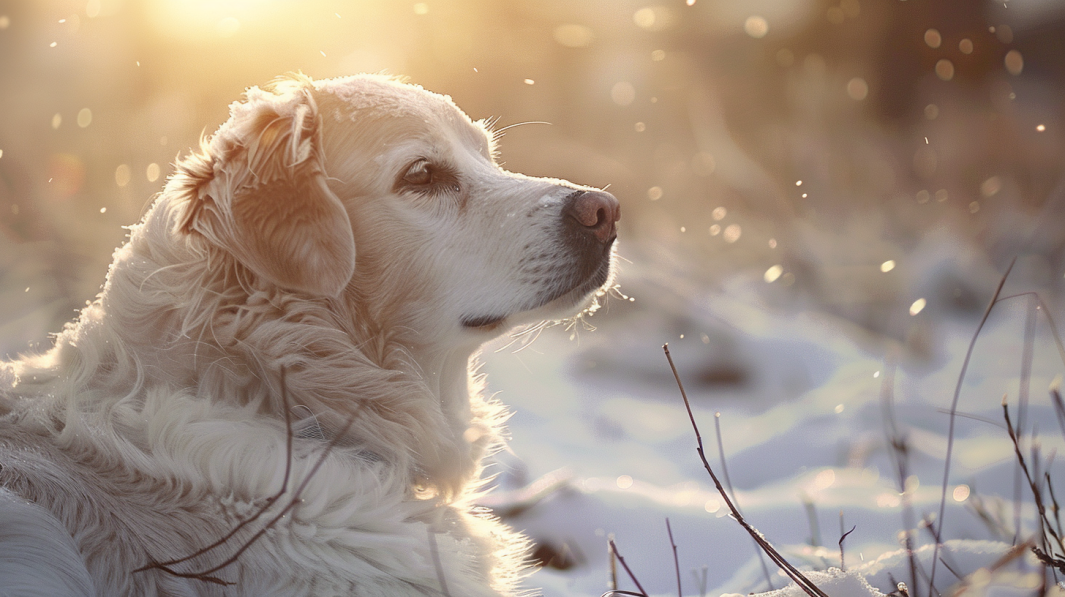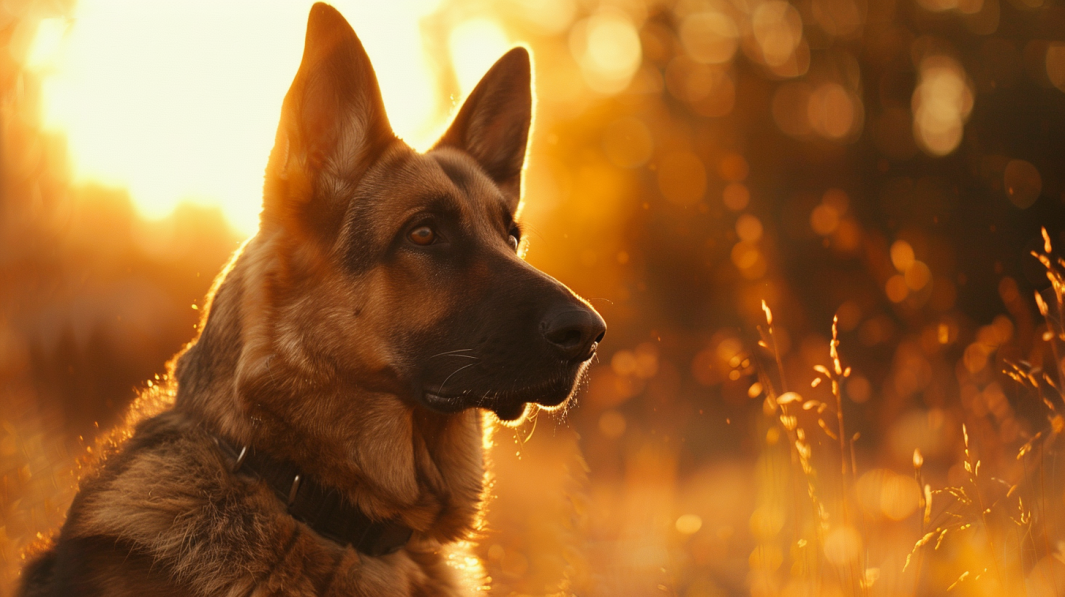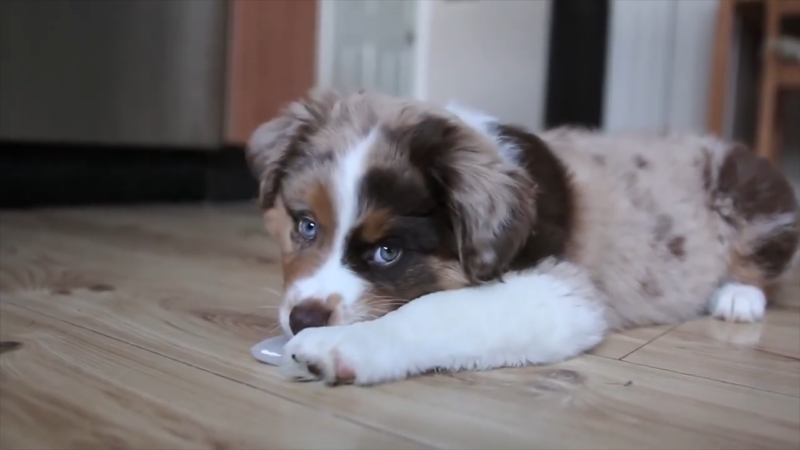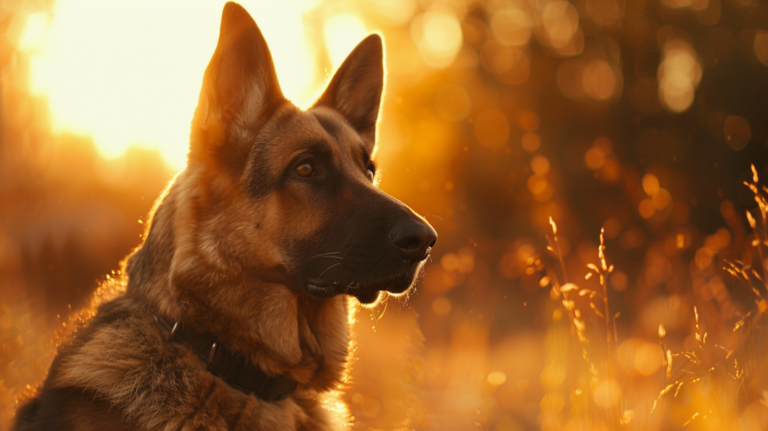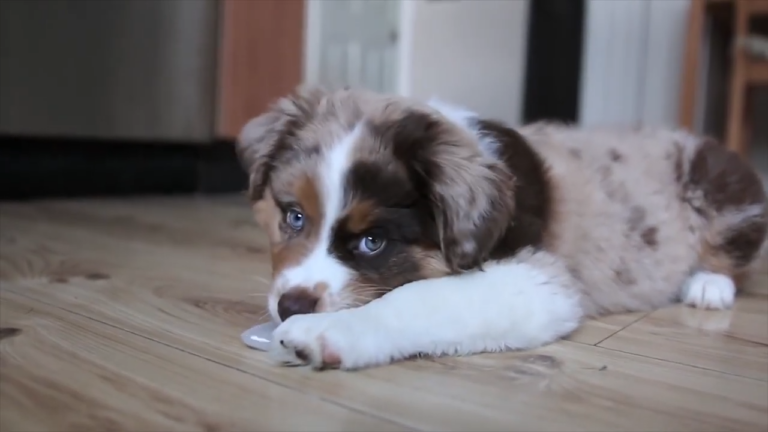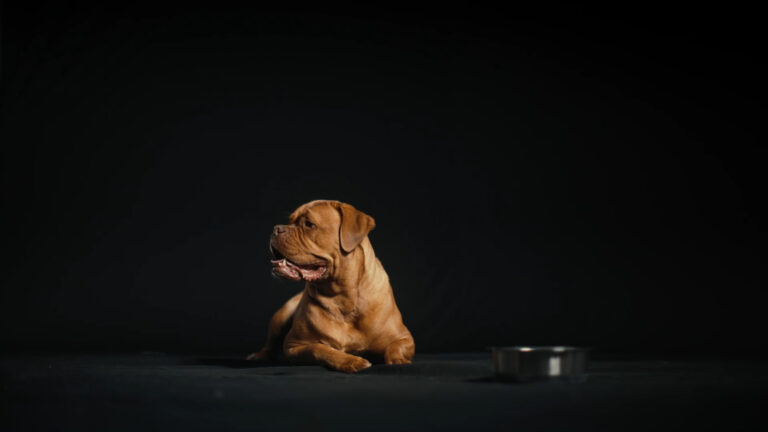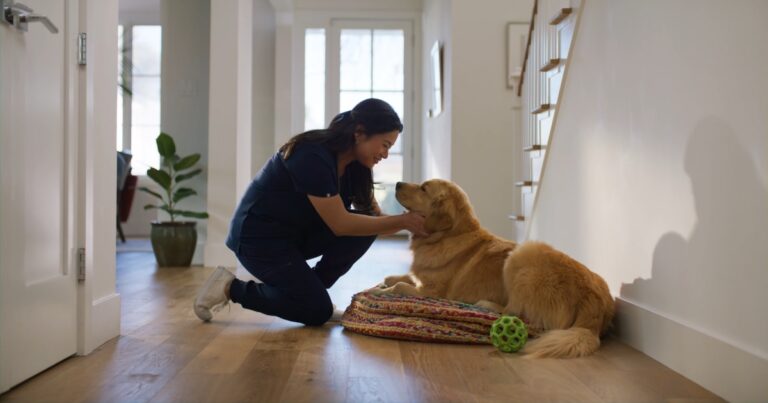Oh, let’s talk poodles, shall we? You might have seen these fancy fellows strutting their stuff at dog shows, with their elaborate hairstyles and all that jazz. But hey, don’t let their pretty faces fool you.
Poodles are more than just eye candy. They’ve got a rich history and some surprising tricks up their furry sleeves.
Originally Duck Hunters
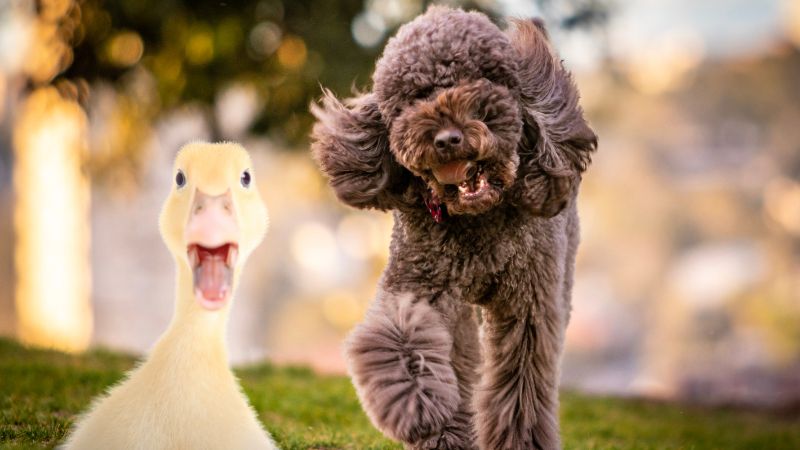
The poodle, typically perceived as a refined companion, actually originated in Germany as a breed for retrieving waterfowl. The term “poodle” comes from the German “pudel,” which relates to splashing in water.
Exceptional Intelligence
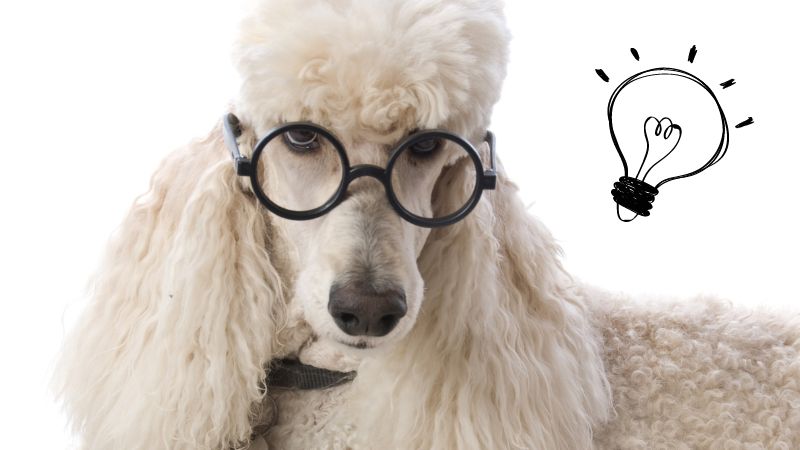
Poodles are the second most intelligent dog breed after the Border Collie. This high level of intelligence makes them easy to train and capable of performing complex tasks. Similarly, their crossbreed offspring with Goldendoodle inherit this keen intellect, which is detailed further in a comprehensive exploration of their hybrid vigor
Hypoallergenic Coats
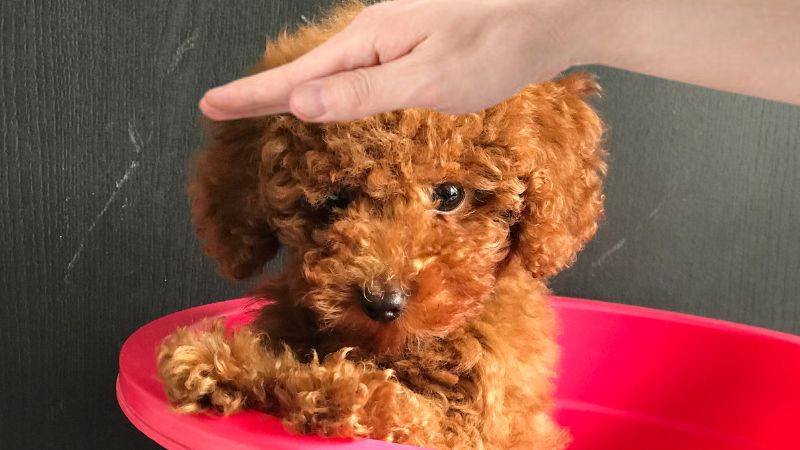
Poodles are often recommended for allergy sufferers. They shed less than other breeds because their curly coats trap dander, and they require regular grooming to maintain their hypoallergenic properties.
Three Sizes
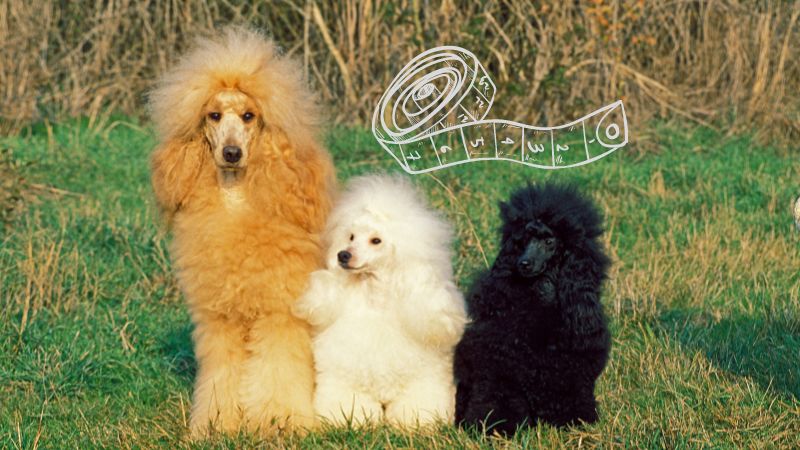
There are three recognized poodle sizes: Standard, Miniature, and Toy. Each size was developed for specific functions but all retain the poodle’s characteristic intelligence and agility.
Circus Dogs
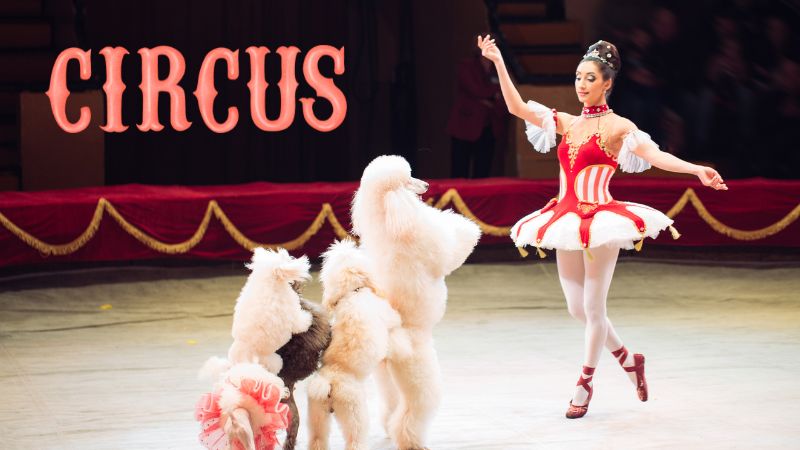
Historically, poodles have been performers in circus acts across the world due to their quick learning capabilities and agile physiques, which were well-suited for the entertainment of circus audiences.
Varied Coat Colors and Patterns
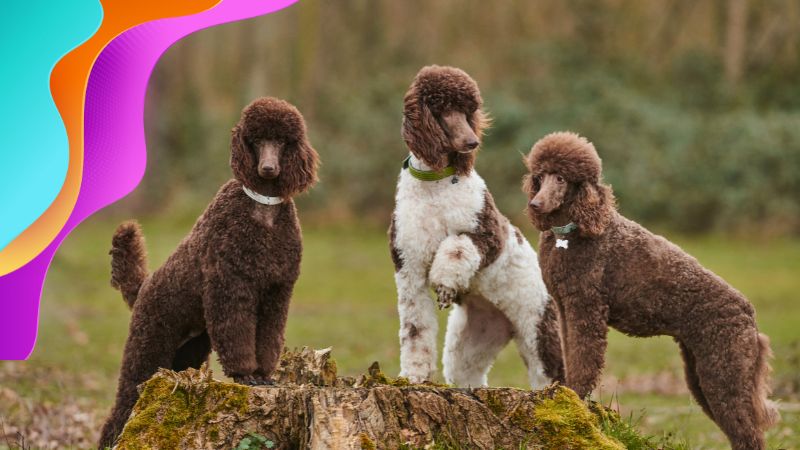
Poodles can be found in a wide array of colors and patterns, including but not limited to white, black, apricot, and silver. They also feature patterns like brindle and parti-color.
Favored by Royalty
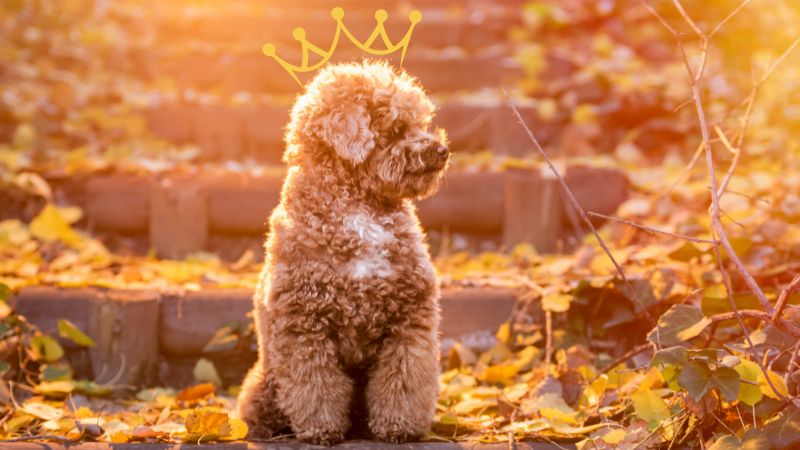
Poodles have long been associated with royalty, including figures such as Louis XVI and Queen Anne of England. Their sophisticated demeanor made them popular as status symbols in various royal courts.
Contributions to Medical Science
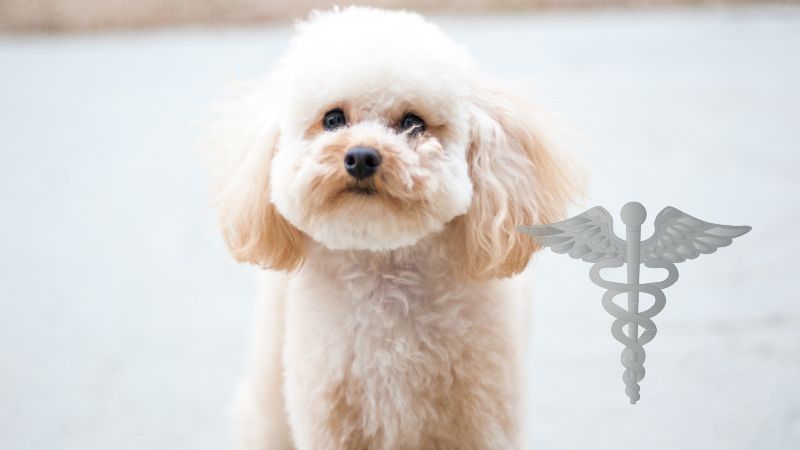
Poodles played a role in the development of knee replacement surgery by serving as the initial trial subjects due to their suitable size and build. This research has benefitted both canine and human medical procedures.
Military Roles
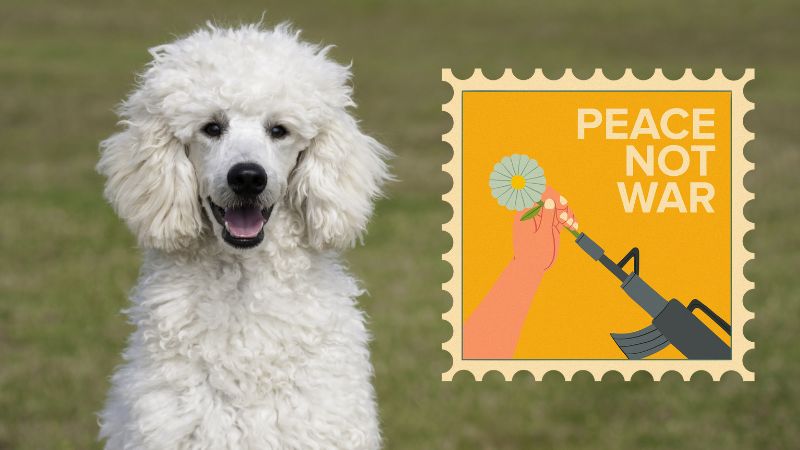
In World War II, poodles were employed as guard dogs, messengers, and rescue dogs. Their intelligence and sensitive hearing made them effective in these roles.
Notable Longevity
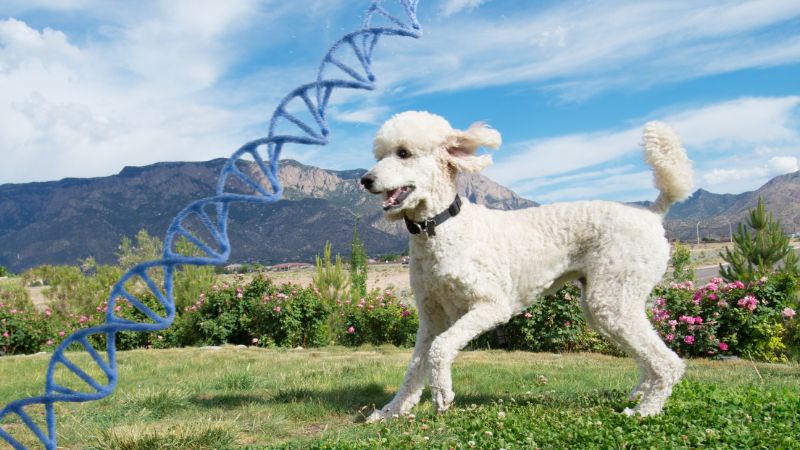
Standard poodles have a lifespan of 12-15 years, which is long for larger breeds, while Miniature and Toy poodles can live even longer, sometimes up to 18 years.
